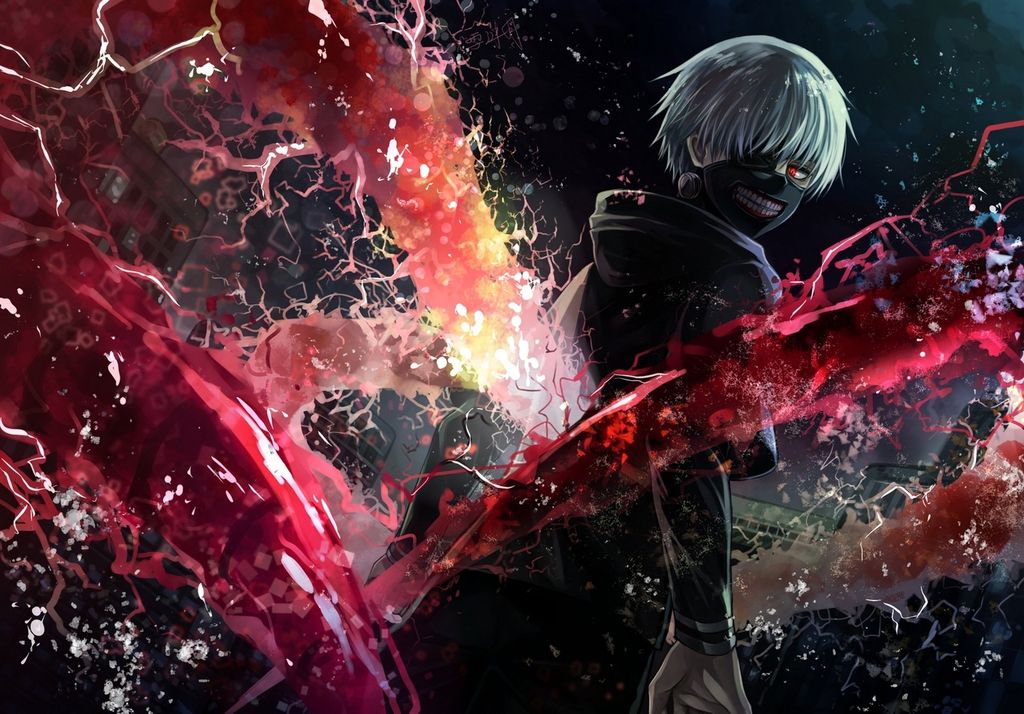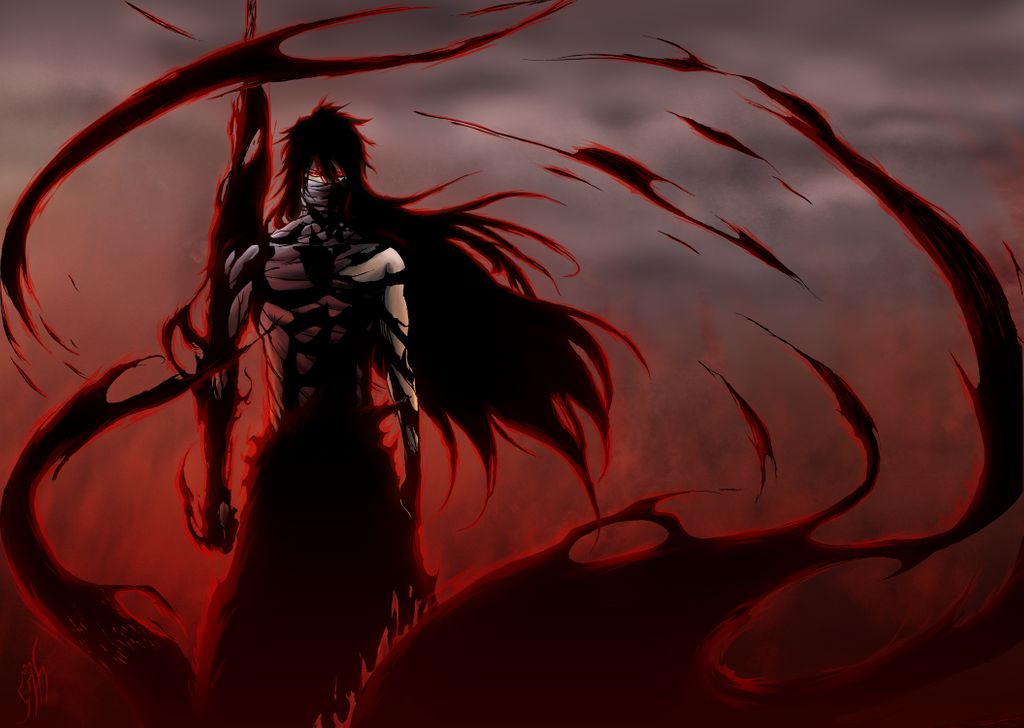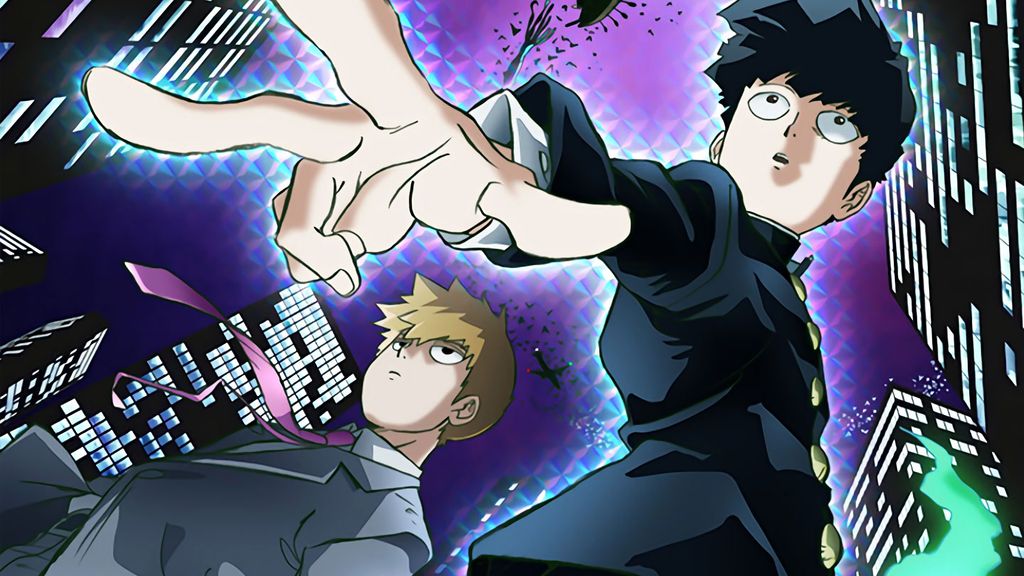Anime: An Introduction
May 22, 2019 • 26 views
Imagine living in an alternate universe where you can have superhuman powers; run across landscapes at the speed of light, use magic, telekinesis and psychic powers like espers so you could duke it out with the worst villains out there to protect everything you hold dear. What a thrilling world that would be! Sure, if imagination is let loose, anything can be achieved. Virtual media offers all sorts of entertainment platforms among which animation occupies a prominent portion. It is in this circle, where dreams literally come to reality.

In Japan, anime is used in short to define all forms of animation. Outside Japan, however, anime refers to a more mainstream, Japanese-birthed, animation style that is defined by
a plethora of characters set in different fantasy lands. There are numerous anime that can be categorised into a variety of genres and they are each unique for their superb visuals.
Anime has been recorded to have emerged in the early 1900s but the more characterised style of anime became popular in the 1960s. Over the years, anime has garnered widespread audience throughout the globe. It is distributed over various platforms- be it theatrically, by means of television or even through the internet.

Typically, most anime are produced based on their 'manga' which are graphic Japanese novels. The more popular a manga is, the more likely are its chances of being produced as an anime. A person who indulges in excessive manga reading and anime-binge watching is termed an 'otaku' which literally means a young person who is obsessed with computers or particular aspects of the pop culture.
There are numerous genres of anime. It would be hard for a rookie to choose from such varieties of options. The basic classification includes:
Kodomo : This type of anime includes simple educational series as they are generally aimed for younger audiences. They can be viewed by any gender regardless.
Shonen : This type generally contains anime and manga aimed at teenage boys as target audiences.
Shojo : This category of anime deals with emotional and behavioural traits and is for the girl audiences.
Seinen : This kind of manga/anime is generally aimed at younger men. Just like shojo is for teenage boys, seinen is for men above high schools.
Josei : This is the next female demographic for women after shojo.
Horror
Slice of life
Romance
Drama
Supernatural, and so on.

While some people may disagree to consider anime as being nothing more than just cartoons, when viewed through a different perspective, anime provides a lot of hindsight into life and relationships. When one is immersed in the spirit of the anime, they will discover a whole different side in understanding the nature of emotions.
Every character in an anime is so clearly defined, that there will be instances where one can relate to them on a personal level and find attachment. Through the progression of the series, the viewer journeys alongside the life of the protagonist and his family and friends. The anime also shines a considerable amount of light on Japanese cultures and traditions. This provides a lot of insight on the life of the Japanese in general and makes one aware that beyond all cultural differences, lies great entertainment.
